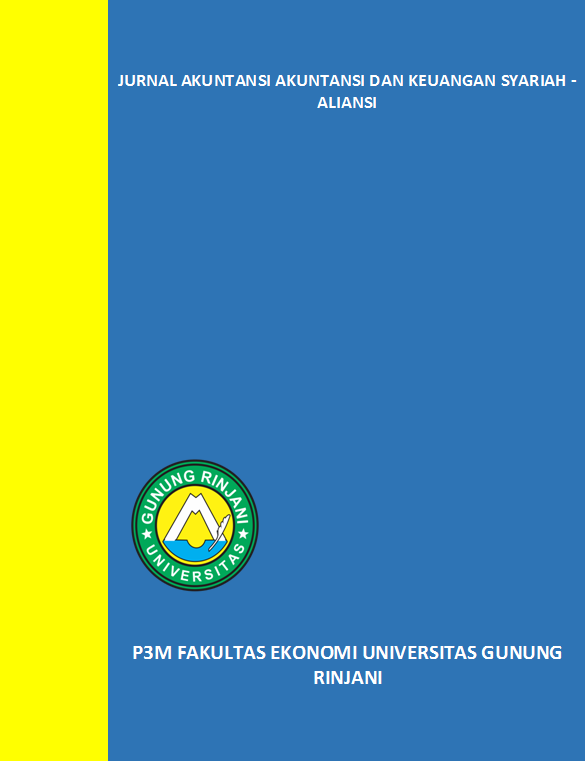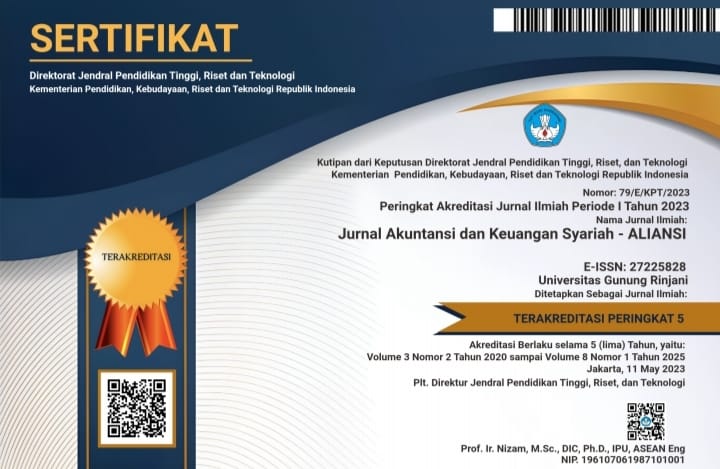Dinamika Ketimpangan Pendapatan di Indonesia: Analisis Infrastruktur, Kinerja Ekonomi, dan Pelayanan Sosial di Tingkat Provinsi (2013-2022)
Abstract
This study explores the dynamics of income inequality in 30 provinces in Indonesia from 2013 to 2022, using panel data covering 300 observations. It focuses on the influence of economic activity, basic services and social challenges on the Gini coefficient, a well-established measure of income disparity. The problem is one of the barriers that prevent Indonesia from becoming a developed country and always stagnates in developing countries. Applying Ordinary Least Squares (OLS) and Principal Component Analysis (PCA) methods, this study finds that increased economic activity and better access to basic services correlate with reduced income inequality. In contrast, social challenges such as poverty and unemployment do not show a directly significant effect, suggesting a more complex interaction with income distribution. The findings emphasize the importance of inclusive economic growth and infrastructure improvements in reducing income disparities, providing policy insights to promote sustainable and equitable economic development.
Published
How to Cite
Issue
Section
Copyright (c) 2024 Jurnal Akuntansi dan Keuangan Syariah - ALIANSI

This work is licensed under a Creative Commons Attribution-NonCommercial 4.0 International License.


















